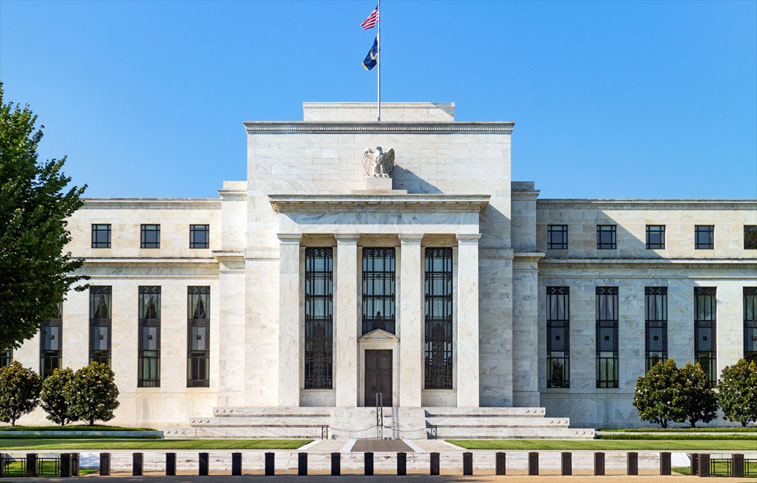In recent weeks, the mild optimism on the European and American stock markets has had a limited effect on commodity prices. Since the beginning of July, the Bloomberg Commodity Index, which tracks the performance of a weighted basket of the world’s most traded commodities, has barely increased by 4%, which is insufficient for investors seeking to recoup some of the ground they have lost since commodities reached their highs.
Commodity prices are trading at an average of ten percent lower than their all-time highs. These highs were typically attained at the beginning of the summer, and their re-attainment is currently appearing to be an unattainable fantasy. In June and early July, commodities came under pressure of recession fears, observes the WisdomTree analysis team, which emphasizes the appreciation of the dollar in the wake of the Fed’s actions. “The market still expects the Fed to hike interest rates more aggressively than other central banks, which has lately driven the dollar basket to its highest value in twenty years,” the team writes.
Similarly, Ariel Bezalel, head of fixed income at Jupiter AM and manager of the Dynamic Bond fund, and Harry Richards, fixed income fund manager at the manager, note that most commodities prices currently suffer large reductions.
Gold, silver, soy, corn, copper, and oil? The most significant market benchmarks, those with the biggest weighting in the Bloomberg Commodity Index, are trading at levels much lower than their peaks, regardless of when they were established. The most remarkable case is silver, which has fallen by more than 25 percent from its highs in March’s first quarter.
As with gold, which has declined 13% from its March highs, the metal has not been able to perform as predicted for an asset typically associated with safety and growth in times of high inflation and sluggish economic growth.
In addition, this is not something that can be solely attributed to metals. Corn and soybean futures on the Chicago Board of Trade (CBOT), the oldest market in the world, are also down by 20% and 12%, respectively, from their respective highs on the market.
Citi explains that the slow opening of seaborne grain exports from Ukraine, a robust Russian staple crop, and rising recession risks that could weigh on demand for staple crops by 2022/23 have contributed to a less bullish outlook for these commodities despite relatively tight global stock ratios and ongoing uncertainty about fertilizer availability for the 2023 planting season.
Nevertheless, there is always the possibility of finding an exception. This is the situation with natural gas, which is held up as the major exception to the rule. As a result of the crisis between Russia and Ukraine, this raw material had recouped a portion of the losses it sustained when the majority of commodities dropped from their pre-summer highs. After recovering 75% of its value over the past seven weeks, the price of natural gas is trading close to its previous yearly highs.
The bullish hopes for the rest of the commodities are pinned on the dollar’s possible fall. This is because everyone is watching the Federal Reserve, where there is a heated debate about how fast it can print money to raise prices at the next rate meetings. As the month has progressed, investors see greater value in holding U.S. dollars in their portfolios.
The Dollar Index, which analyzes the performance of the U.S. dollar against a weighted basket of the most traded currencies, reveals that the greenback is trading less than 1 percent below its all-time highs. The U.S. dollar has gained 2.5% since its lows earlier this month.












